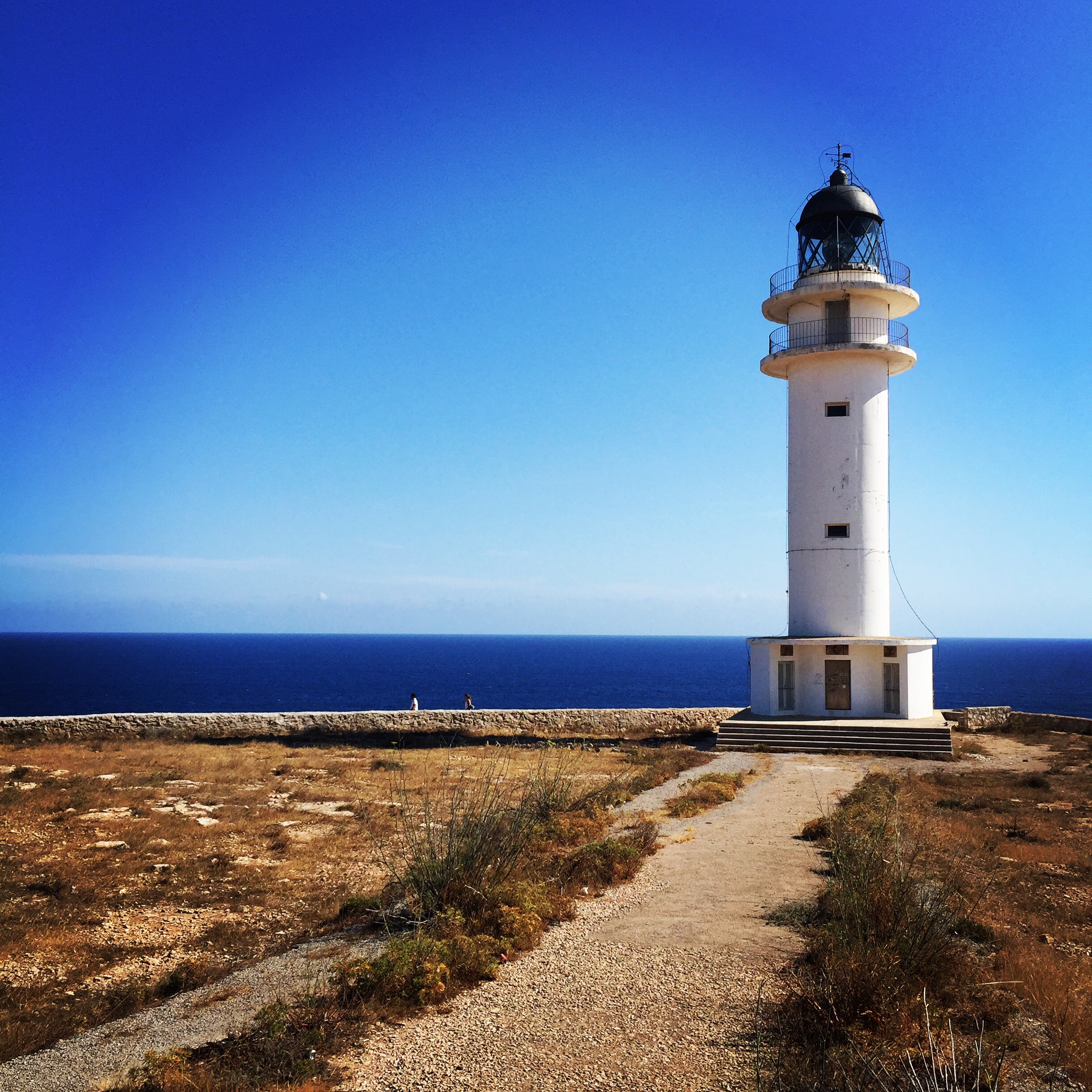Berlin, June 26, 2012
In my book, A Curious Year in the Great Vivarium Experiment, while in Vietnam one of the characters tells the narrator, “One of the most challenging aspects of being an artist is figuring out how to make money when you’re becoming an artist.”
While all arts are a long game, writing tends to be a particularly long one, not only because it takes years of practice to hone your craft, but in some cases it takes years to even complete a manuscript. All the while you’re toiling away in solitary confinement at a vision of which you have no idea whether it’s good or not, nor do you have any idea how it will be received or perceived.
As if that wasn’t challenging enough, as you attempt to create something out of nothing, many days it feels like the devils of self-doubt and fear are whispering unworthiness into your ear, all the while with Kierkegaard’s blind leap of faith you pound away at the keys searching for kernels or breadcrumbs of truth. To add to the already herculean effort of taming those unloving voices in your head, you’re the only person in the world who knows what you are trying to do. You’re chasing the dream of being an artist or a writer—not for fame, glory, or riches—but because you feel like the dream that your life is awakening to could add value to others. From the outside, it’s borderline narcissistic, but due to a particular mixture of nature and nurture, you have no other recourse than to serve the self as an instrument of self-expression.
As time wears on, however, and months then years fall from the calendar, while you toil alone at your desk or in cafes you can’t help but feel a tinge of jealousy as you watch your friends build careers, climb the job ladder, take fancy vacations, and buy second homes. It makes you question everything you’re pursuing and everything you’ve done, yet at the same time, your so invested in your vision you can no longer turn back.
Instead, you’re betting the farm on something that has no tangible evidence in the 3D world—you’re betting the farm on a dream and a vision. This creates what at times can be an uncomfortable internal dichotomy; on the one hand, you find yourself longing for the security and stability of a regular job, but on the other hand it’s primarily through your art that you feel the most expansion in your soul. This is the energy I have found myself living in for quite a few months, and it is an energy of lack.
Last night while speaking with a trusted friend and advisor, she pointed out, “But don’t you see you are living your dream?”
The statement was sobering, landing on me with the force of an anvil dropped from the sky. For months, more accurately years, I’ve been so engaged in the chase that I haven’t been able to see the journey for what it is, and when you lose sight of the journey—no matter what you are pursuing in your life—you lose sight of your purpose.
February 4, 2018






